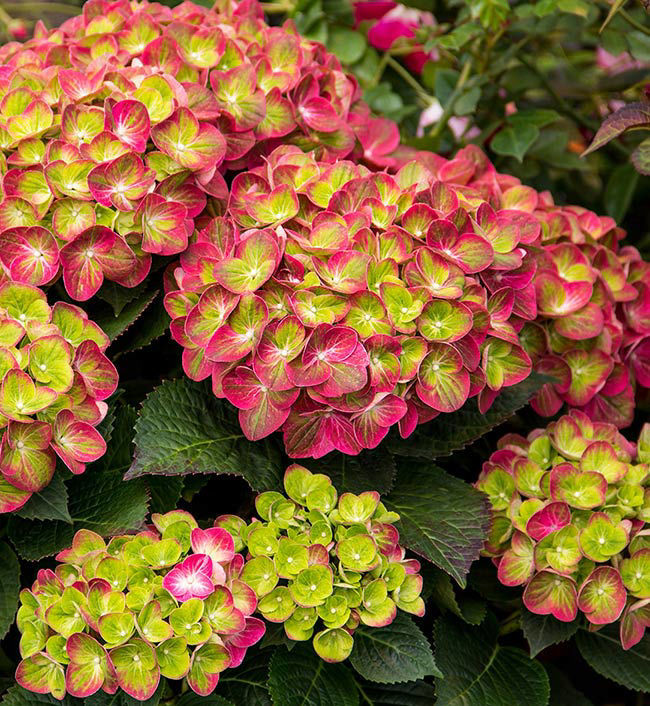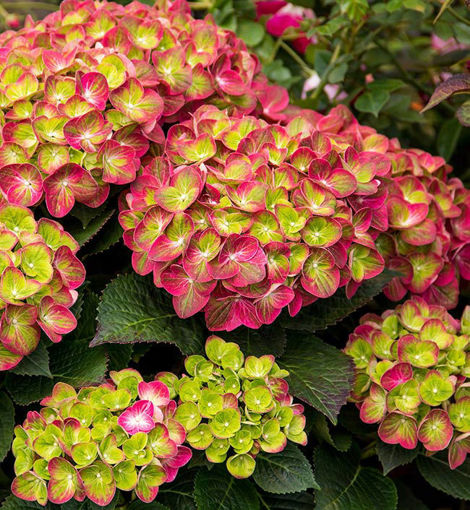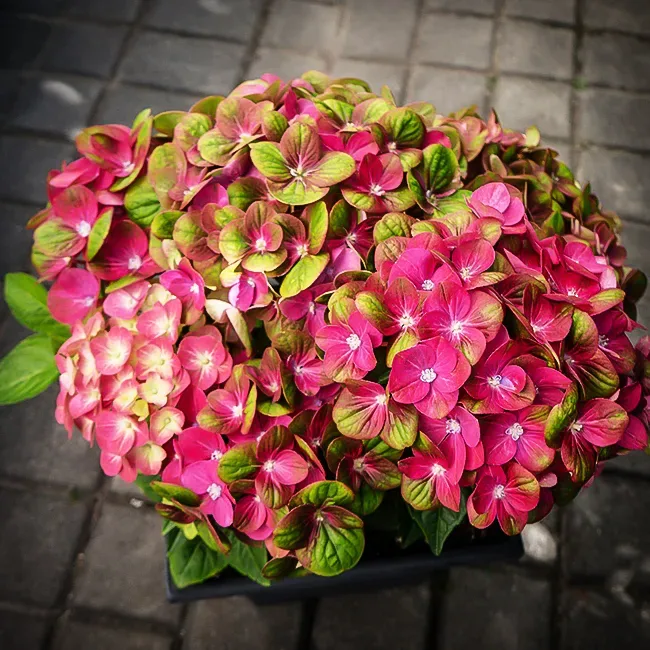Tiltaswirl Hydrangea: The Quirky Eyecatching Hydrangea That Will
Tilt-A-Swirl Hydrangea: The Quirky Eye-Catching Hydrangea That Will Make Your Garden Stand Out
If you're looking for a hydrangea that is both unique and eye-catching, then the Tilt-A-Swirl Hydrangea is the perfect choice for you. This quirky shrub is known for its swirling flower heads, which can change color throughout the season.
About the Tilt-A-Swirl Hydrangea
The Tilt-A-Swirl Hydrangea (Hydrangea paniculata 'Tilt-A-Swirl') is a relatively new hydrangea variety, first introduced in 2007. It is a deciduous shrub that grows 3-4 feet tall and wide. The leaves are dark green and oval-shaped. The flowers are borne in large, conical panicles that can reach up to 12 inches in length. The individual flowers are small and white, but they swirl together in a way that creates a very unique and eye-catching effect.
The Color Changing Flowers
One of the most interesting things about the Tilt-A-Swirl Hydrangea is its color changing flowers. The flowers start out white, but they gradually change to pink, then green, and finally red as the season progresses. This color change is caused by the amount of sunlight that the flowers receive. In full sun, the flowers will be more pink, while in partial shade, they will be more green.
Growing the Tilt-A-Swirl Hydrangea
The Tilt-A-Swirl Hydrangea is a relatively easy hydrangea to grow. It prefers full sun to partial shade and well-drained soil. It is drought-tolerant once established, but it will benefit from regular watering during the summer months. The Tilt-A-Swirl Hydrangea is hardy in USDA zones 4-8.
Using the Tilt-A-Swirl Hydrangea in the Garden
The Tilt-A-Swirl Hydrangea is a versatile shrub that can be used in a variety of ways in the garden. It can be planted as a standalone specimen, or it can be used to create a hedge or border. It is also a good choice for planting in containers. The Tilt-A-Swirl Hydrangea is a great way to add color and interest to your garden. It is sure to turn heads with its unique and eye-catching flowers.
Conclusion
The Tilt-A-Swirl Hydrangea is a quirky and eye-catching shrub that is sure to add a touch of whimsy to your garden. With its unique color changing flowers, the Tilt-A-Swirl Hydrangea is a great way to add interest and excitement to your garden throughout the season.
Tilt-A-Swirl hydrangeas are a unique and beautiful addition to any garden. These hydrangeas are known for their cascading blooms that can reach up to 3 feet in length. The blooms are typically a light pink or blue, but can also be white or purple. Tilt-A-Swirl hydrangeas are relatively easy to care for, but they do require some special attention.
Here are some tips for caring for Tilt-A-Swirl hydrangeas:
- Plant your hydrangea in a location that receives full sun or partial shade.
- The soil should be well-drained and moist.
- Fertilize your hydrangea once a year in the spring.
- Deadhead spent blooms to encourage new growth.
If you are looking for more information about Tilt-A-Swirl hydrangeas, I recommend visiting the Garden Wiki. This website has a wealth of information about these hydrangeas, including care tips, planting instructions, and varieties.
FAQ of tilt a swirl hydrangea
Question 1: What are the mature height and spread of a Tilt-A-Swirl hydrangea?
Answer: A Tilt-A-Swirl hydrangea typically matures to be 3 to 4 feet tall and 3 to 4 feet wide.
Question 2: What are the light and soil requirements for a Tilt-A-Swirl hydrangea?
Answer: Tilt-A-Swirl hydrangeas prefer partial shade, but they can tolerate full sun in cooler climates. They also prefer moist, well-drained soil.
Question 3: How do I care for a Tilt-A-Swirl hydrangea?
Answer: Tilt-A-Swirl hydrangeas are relatively easy to care for. They need to be watered regularly, especially during the summer months. They should also be fertilized once a year in the spring. Deadheading is not necessary, but it can help to keep the plant looking tidy.
Question 4: What are the common pests and diseases of Tilt-A-Swirl hydrangeas?
Answer: Tilt-A-Swirl hydrangeas are generally resistant to pests and diseases. However, they can be susceptible to aphids, scale, and powdery mildew. If you notice any pests or diseases, you can treat them with an appropriate pesticide or fungicide.
Question 5: How do I propagate a Tilt-A-Swirl hydrangea?
Answer: Tilt-A-Swirl hydrangeas can be propagated by cuttings or division. To propagate by cuttings, take 4-6 inch cuttings in the spring or summer. Dip the cuttings in rooting hormone and plant them in a well-drained potting mix. Keep the cuttings moist and in a shady location. They should root in about 6-8 weeks. To propagate by division, dig up a mature plant in the spring or fall and divide it into smaller sections. Each section should have at least 3-4 roots. Plant the divisions in a well-drained location and water them regularly.
Image of tilt a swirl hydrangea
5 different images of "tilt a swirl hydrangea" from Pinterest:
- Image 1: A close-up of a Tilt-A-Swirl hydrangea flower, showing the unique, twisted petals.

- Image 2: A full shot of a Tilt-A-Swirl hydrangea bush, showing the dark green foliage and the clusters of pink flowers.

- Image 3: A Tilt-A-Swirl hydrangea in bloom, surrounded by other flowers in a garden.

- Image 4: A Tilt-A-Swirl hydrangea in a pot, on a patio.
- Image 5: A Tilt-A-Swirl hydrangea in a vase, on a table.

Post a Comment for "Tiltaswirl Hydrangea: The Quirky Eyecatching Hydrangea That Will"